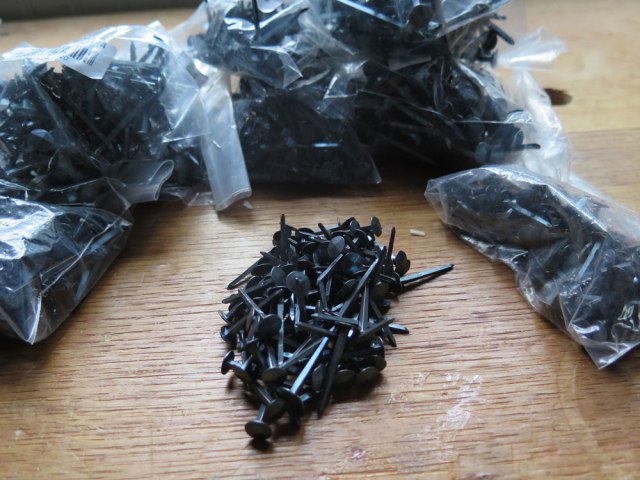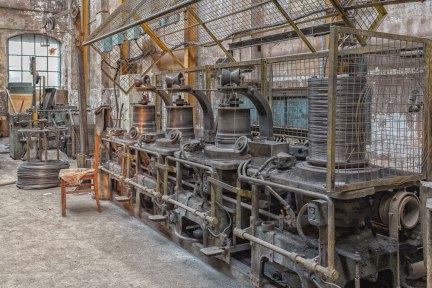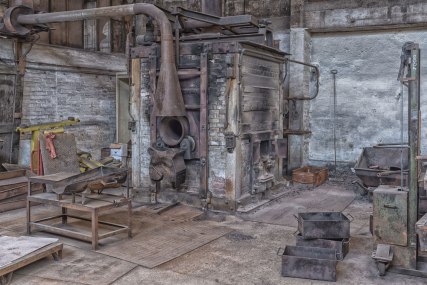
Getting inexpensive and effective die-forged nails is about to become a lot easier in North America. Lie-Nielsen Toolworks will start carrying a selection of Rivierre nails within the next few weeks, says Deneb Puchalski at Lie-Nielsen.
The shipment is on its way from the 19th-century factory in Creil, France, which is about 50 kilometers outside Paris.
For starters, here are the types of nails Lie-Nielsen will carry and the sizes:
- Diamond-Shaped Head, Blued Steel Nails: 35mm/40mm/50mm/55mm
- Diamond-Shaped Head, Black Steel Nails: 35mm/40mm/50mm/55mm
- Hammered Head, Blued Steel Nails: 30mm/40mm/50mm
- Hammered Head, Black Steel Nails: 30mm/40mm/50mm
- Extra Large Hammered Head, Blued Steel Nails: 30mm/40mm/60mm
Deneb says they will likely expand the types of nails they carry from Rivierre (the company boasts it makes 2,800 types). And that the director of Rivierre was willing to discuss making other types of nails the company does not make now, such as clench nails and headless brads.

Deneb visited the factory earlier this year to see the operation and meet the employees, who work in a gorgeous late 19th-century factory that looks virtually unchanged from when the company started in 1888.
Founded by Theodore Rivière, the factory originally made nails for upholsterers and cobblers only. After two years, Theodore died and his wife, Marie, took over the factory operation at the age of 27 and ran it for 35 years. The factory was then run by Forges et Aciéries de Commercy, bombed during World War II and rebuilt. It was sold to its current director, Luc Kemp, who is running the factory as it was in 1888 as much as possible.
Because of this, Rivierre was named a “Entreprise du patrimoine vivant” (Living Heritage Company by the government.









“It was incredible to walk through the building. All the machines are where they were in the 1890s and everything is completely covered in (vegetable) oil,” Deneb says. “The owner, Luc Kemp, is a determined man. He will not be denied. This is a labor of love.”
(And why vegetable oil? Deneb says Rivierre uses that because their upholstery and cobbler customers hold the nails in the mouth while working. So it’s for safety.)
The nails start as round wire that is first stretched to the appropriate gauge and then fed into a machine that presses the wire into the square-shanked tapered shape in a die. Then the nail is headed and pointed in separate motions.
Nails are deburred in a rotary bin filled with wood chips (the owner had to buy a company that made wood chips to get what he wanted, Deneb says). Then they are heat-treated and colored black or blue – or left as raw steel.
Then they are packaged. For some customers, such as Lie-Nielsen, they are put in plastic bags of 100 nails. The company also makes heavy folded paper boxes using an origami-like process for packaging nails in 4 or 5 kilo orders. If demand is strong, Deneb hopes they will also start carrying the larger quantities in the folded boxes.
As you can guess, I am quite excited that these nails will become available here in the United States. Since discovering them last June, I have used easily 5 kilos of nails on a variety of projects. The hold remarkably well – better than any other nail I’ve used – are finely made and look fantastic. You won’t believe how nice a nail it is for the price.
Stay tuned to Lie-Nielsen’s site (and this blog). When they are available for sale, I’ll post an announcement here.
— Christopher Schwarz